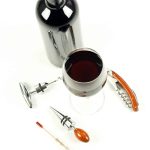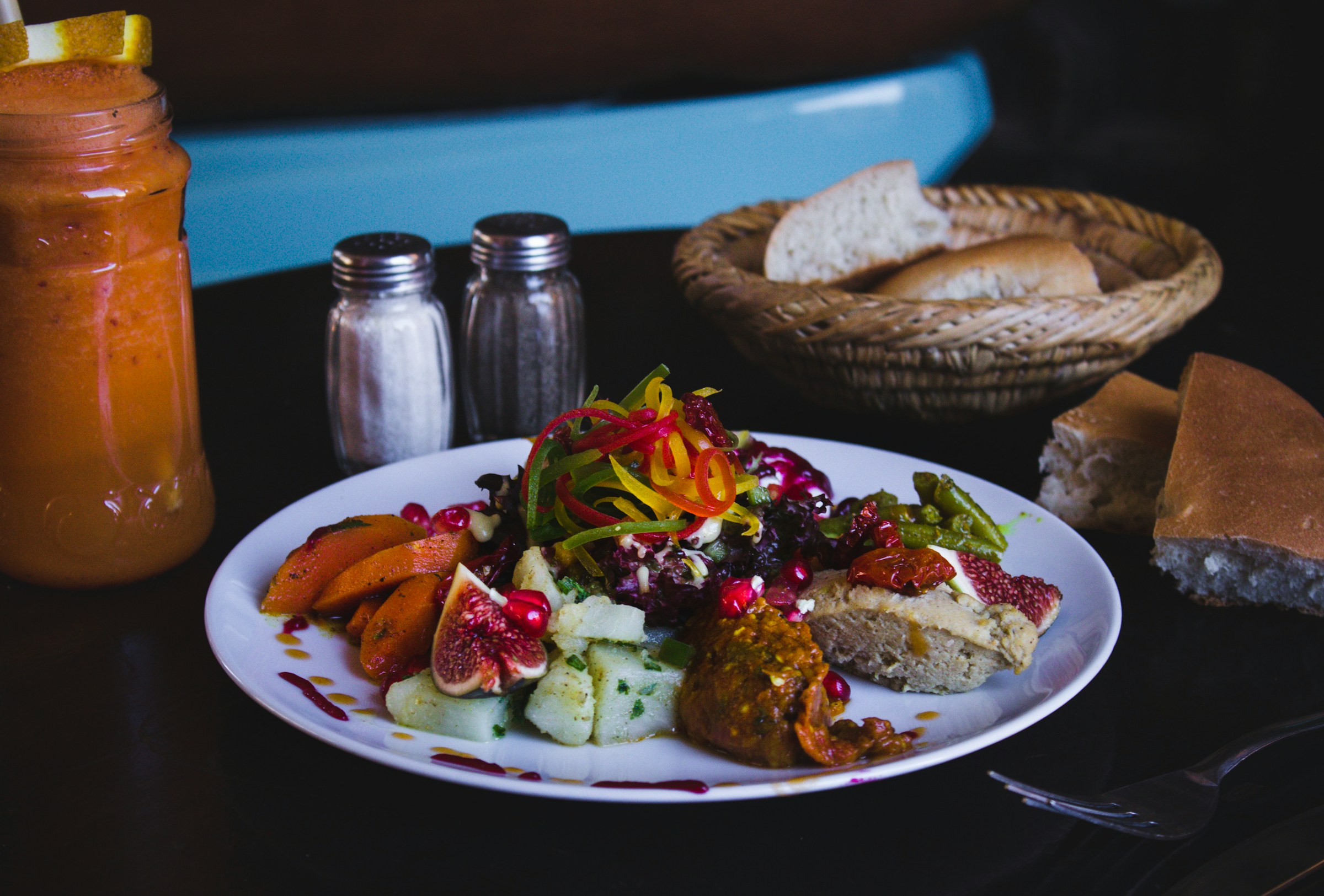The Ultimate Guide to Perfectly Managing Chest Freezer Temperatures for Different Food Varieties
Managing the temperature of your chest freezer is crucial for maintaining the quality and safety of your frozen food. Whether you're a homeowner looking to optimize your food storage or a professional in the hospitality industry, understanding the right temperatures and storage practices can make a significant difference. Here’s a comprehensive guide to help you navigate the world of chest freezer temperatures.
Understanding the Importance of Freezer Temperature
When it comes to freezing food, the temperature is not just a number; it's a critical factor in food safety and quality. The USDA defines the safe temperature range for frozen food as 0°F (-18°C) or below. This temperature inhibits the growth of harmful bacteria, such as E.coli, and other pathogens that can cause foodborne illnesses.
Also to see : The Ultimate Guide to Choosing the Perfect Rolling Pin for All Your Baking Needs!
"Maintaining precise freezer temperatures is like navigating a sea full of icebergs. It brings with it a unique set of challenges, each demanding effective strategies to sail through them," notes a food safety expert. Here’s how you can ensure your chest freezer is set to the right temperature.
Setting the Ideal Freezer Temperature
The ideal temperature for a chest freezer is 0°F (-18°C) or lower. Here’s why this temperature is so important:
Have you seen this : The Ultimate Guide to Choosing the Perfect Rolling Pin for All Your Baking Needs!
- Food Safety: Temperatures at or below 0°F prevent bacterial growth, ensuring your food remains safe to eat.
- Food Quality: Proper freezing temperatures help preserve the texture, flavor, and nutritional value of your food. For example, ice cream stored at the right temperature will retain its creamy texture and flavor.
- Energy Efficiency: Modern freezers are designed to be energy-efficient when operated at the correct temperature. Running your freezer at the optimal temperature can help reduce your energy bills.
Organizing Your Chest Freezer for Optimal Storage
Organizing your chest freezer is more than just throwing items in and hoping for the best. Here are some tips to make the most of your freezer space:
Use Airtight Containers and Labels
Using airtight containers and labeling them can help you keep track of what you have in the freezer and ensure that items are stored properly. This also helps in preventing freezer burn, which can occur when food is exposed to cold, dry air for too long.
Store Items by Category
Group similar items together. For example, store all your meats in one section, vegetables in another, and so on. This makes it easier to find what you need and ensures that you use the oldest items first.
Utilize Vertical Space
Make the most of your freezer's vertical space by using stackable containers or freezer baskets. This helps in maximizing storage capacity without overcrowding the freezer.
Best Practices for Freezer Storage
Here are some best practices to keep in mind when storing food in your chest freezer:
Temperature Zones in the Freezer
Different parts of the freezer may have slightly different temperatures. Here’s a breakdown of the typical temperature zones:
| Storage Location | Temperature | Groceries |
|---|---|---|
| Top Shelf | Slightly warmer | Ready-to-eat meals, leftovers |
| Middle Section | Optimal temperature | Meats, fish, poultry |
| Bottom Section | Coldest area | Long-term storage of frozen foods |
Freezer Burn Prevention
Freezer burn occurs when food is exposed to cold, dry air, causing dehydration and the formation of ice crystals on the surface. To prevent this:
- Use airtight containers or freezer bags.
- Remove as much air as possible from the container or bag before sealing.
- Label and date items to ensure older items are used first.
Energy Efficiency and Your Chest Freezer
Energy efficiency is a key consideration when choosing and using a chest freezer. Here are some tips to help you save energy:
Choose the Right Freezer
Look for freezers with high energy efficiency ratings. Modern freezers often come with features like automatic defrosting and advanced insulation that help reduce energy consumption.
Maintain Your Freezer
Regular maintenance can go a long way in ensuring your freezer runs efficiently. Here are a few tips:
- Defrost Regularly: Defrosting your freezer every 6-12 months can help remove ice buildup that can reduce efficiency.
- Check Door Seals: Ensure the door seals are tight to prevent cold air from escaping.
- Keep it Clean: Clean the freezer regularly to prevent dust and debris from affecting its performance.
Common Mistakes to Avoid in Freezer Temperature Management
Here are some common mistakes people make when managing their chest freezer temperatures and how to avoid them:
Incorrect Temperature Settings
One of the most common mistakes is not setting the freezer to the correct temperature. Always ensure your freezer is set to 0°F (-18°C) or lower.
Overcrowding the Freezer
Overcrowding can prevent cold air from circulating properly, leading to uneven temperatures and potential food safety issues. Make sure to leave enough space between items for air to circulate.
Not Labeling Items
Not labeling items can lead to confusion and the risk of using expired or spoiled food. Always label and date items before storing them in the freezer.
Practical Tips for Different Food Varieties
Different foods have different storage requirements. Here are some practical tips for common food varieties:
Meats and Poultry
- Store meats and poultry in airtight containers or freezer bags to prevent freezer burn.
- Label and date items to ensure older items are used first.
- For long-term storage, consider using vacuum-sealed bags.
Vegetables and Fruits
- Blanch vegetables before freezing to preserve their texture and flavor.
- Store fruits and vegetables in separate containers to prevent cross-contamination.
- Use freezer-safe bags or containers to prevent moisture from entering.
Leftovers and Ready-to-Eat Meals
- Cool leftovers to room temperature before freezing to prevent the formation of ice crystals.
- Use shallow containers to freeze leftovers quickly and evenly.
- Label and date items to ensure older items are used first.
Table: Ideal Storage Temperatures and Times for Common Foods
Here’s a table summarizing the ideal storage temperatures and times for common foods:
| Food Type | Ideal Storage Temperature | Storage Time |
|---|---|---|
| Meats (Beef, Pork) | 0°F (-18°C) | Up to 12 months |
| Poultry | 0°F (-18°C) | Up to 12 months |
| Vegetables | 0°F (-18°C) | Up to 8 months |
| Fruits | 0°F (-18°C) | Up to 6 months |
| Leftovers | 0°F (-18°C) | Up to 3 months |
| Ice Cream | 0°F (-18°C) | Best consumed within 2 months |
FAQs – Frequently Asked Questions
Here are some frequently asked questions about managing chest freezer temperatures:
What is the ideal temperature for a chest freezer?
The ideal temperature for a chest freezer is 0°F (-18°C) or lower. This ensures food safety and quality.
How often should I defrost my chest freezer?
It is recommended to defrost your chest freezer every 6-12 months to remove ice buildup and ensure efficient operation.
Can I store hot food directly in the freezer?
No, it is not recommended to store hot food directly in the freezer. Cool the food to room temperature first to prevent the formation of ice crystals and ensure even freezing.
Managing the temperature of your chest freezer is a simple yet crucial task that ensures your food remains safe, fresh, and of high quality. By following the best practices outlined above, you can optimize your freezer's performance, save energy, and enjoy your frozen foods for a longer period.
As Breann Chai, CR’s test engineer for refrigerators, notes, "Some refrigerators are spot-on, but others are wide off the mark. It’s important to know how to get them to the optimal temperature." The same principle applies to your chest freezer. By understanding and implementing these guidelines, you can make the most of your appliance and enjoy the benefits of proper food storage.











